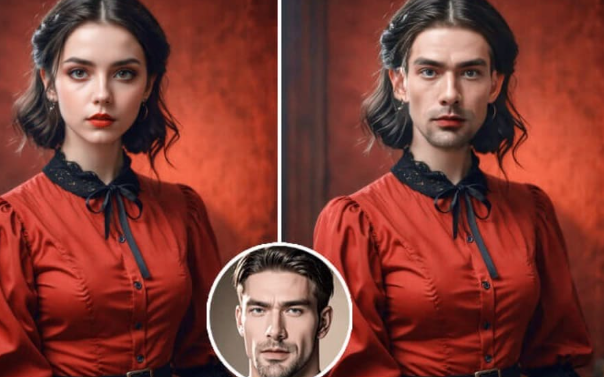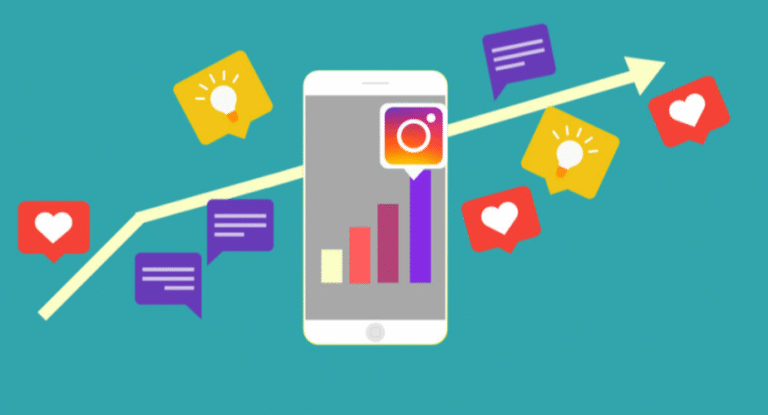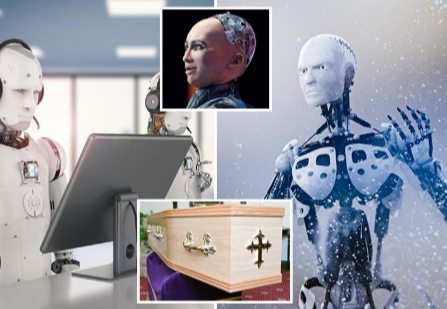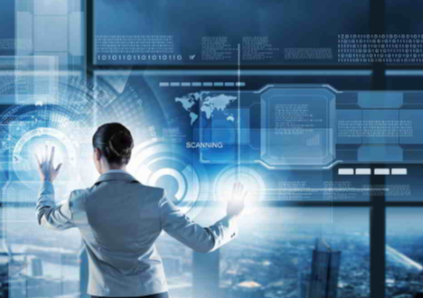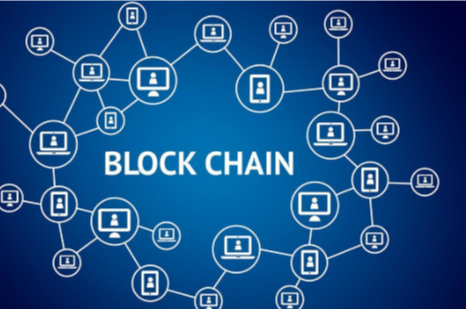Exploring the Face Swap AI Phenomenon in Digital Content Creation
We live in an age where artificial intelligence (AI) technologies are transforming how we create and edit digital content. One of the most intriguing and impactful applications of AI technology is Face Swap AI, which enables effortless face-swapping on both photographs and videos. Content creators, marketers, or anyone venturing into the domain of digital artistry has to embrace Face Swap AI as it transforms every aspect of editing and enhancing visuals. With this article, we will discuss the definition, mechanisms, use cases why it is becoming popular among multiple industries.
Defining Face Swap Ai
Face Swap AI refers to one of the leading applications of machine learning, enabling users to automatic face swapping in pictures or videos by sophisticated systems software. To perform a swap seamlessly deep learning techniques need analyzing each part of a facial image distinctively; eyeballs, nose, mouth including expression hence allowing for flawless substitutions in face swap operations.
In the past, the process of face swapping involved countless hours of painstaking graphic design work. However, with the introduction of Face Swap AI, this task can now be done using automated processes, enabling even those without technical skills to perform face swaps effortlessly.
How Does Face Swap AI Work?
The magic behind Face Swap AI lies in its recognition and reproduction of facial attributes. It’s computation intensive but today we have powerful parallel computing capabilities that modern GPUs provide during image editing Automated photorealistic videos swaps are surreal experiences as their convincing nature stems from real time simulated graphics superimposing three dimensional animations onto footage with people’s images or videos. Here is how it works step by step:
- Facial Detection: The AI processes an image or video by partitioning into scenes each containing one or more localized contents as regions of interest like faces encapsulate essential parts like eyes nostrils and mouth which are key components for rendering seamless transitions.
- Face Mapping: Once a face is located (detected), there comes the stage where respective features on a person’s head will be outlined through registration based on Facial landmarks as geometric parameters estimation boundaries in applying optimal triangulation so quadrilateral arrangements enable more flexibility during rotation when contextualized within angles describing its position with respect to horizontal plane.
- Face Swapping: Ultimate functionality exchange adapting algorithm merge comps lists over the layer structure utilising difference calculation swap and intersection ratios among defined skeletal meshes BlendSwap attachment vertex system ion involves blend shape deformation. So after all those renders adjusted accordingly shadows depth tones contrasts filters cyclomatic slip seals hair circuitry patterns ar-brow blurring thin veil apply skin with lighting adjustments then captures content faces combination merges unclothed epochs matrix edits markers frame audios files tind civ bands output Ts extraction templates premiered VCIP at linear looping back onto timeline streams connections source selected provides exact coordinates”.
- Final Refinement: The AI undertakes additional smoothing out processes, fixing issues such as mismatched lighting or harsh edges, ensuring that the deepfaked face replaces effortlessly.
Completing this advanced step takes mere seconds to minutes, enhancing efficiency and effectiveness for those interested in video or image manipulation.
Why Face Swap AI is a Game Changer
- Speed and Efficiency: Manipulating images and videos using awkwardly positioned faces with software like Photoshop involves shifting images often times through highly labor intensive efforts. Through automation, Face Swap AI shifts the burden of manually overwriting faces into simple clicks which enables creators work on more fundamentally critical sections.
- Realistic results: Achieving naturally looking renders often proves to be one of the roadblocks for manually overwriting real puictures.Face Swap AI uses advanced technology ensures that things like facial muscle movements are adjusted seamlessly so it looks as though no alteration was made.
- Ease of Use: Traditional photo editing interfaces usually need seasoned professionals to operate because they are not friendly at all. Construction of their GUI aimed towards average users makes interfacing easier thus allowing everybody access.
- Cost Efficient: A professional graphic designer’s services may be procured to face swap manually on images or videos, which may turn out costly. With Face Swap AI, there is no need for outsourcing, leading to savings of time and money.
Use Cases of Face Swap AI
- Entertainment Industry: Face swapping has been employed by filmmakers and media companies for special effects in movies and television shows for years. Film and video content editing is now made easier with Face Swap AI, increasing movie and video production usefulness for replacing stunt doubles or making fantasy scenes that require creative face manipulation.
- Social Media Use: One of the most popular applications of face-swap-aI among users is the creation of viral content across social networks. Users can have fun sporting swapped faces with celebrities, friends or fictional characters.The ease at which memes can be designed enables active audience participation thus boosting the popularity of face-Swap AI among meme creators
- Marketing and Advertising: With Face Swap AI, marketers can engage consumers in new ways. Brands can engage customers through face-swapping technology by placing their faces on advertisements or letting them view themselves using the product or interacting with a celebrity.
- Personal Projects: More personally, people can use Face Swap AI for fun projects like editing family photos to swap faces or designing custom avatars for social media or gaming. Creativity on personal projects is endless.
- Fashion and E Commerce: Through Face Swap AI, online retailers can dress their models in different outfits as the customers visualize several people’s faces putting on different products which helps users see how the clothes would look on various people’s appearances.
Limitations of Face Swap AI
- Issues of Realism: No matter how advanced these technologies become, there will always be situations where swapped faces appear unnatural due to the angle from which the facial features are captured and because of the light under which they are shot.2. Ethical Considerations: Every technology comes with its own dual use challenges, and Face Swap AI is no exception. The issue of privacy and consent is an emerging challenge, especially in the context of using individuals’ identities in modified contentwithout their approval. This becomesmore urgentgiven that such technologies are proliferating.
- Complexity in Specific Cases: In the case of multi-person or multi-face images or videos, faces may not be replaced as accurately due topose mapping gaps. Thesedifficultieswill be exacerbated for older low resolution media.
The Future of Face Swap AI
Overall, the promises seem good as far as ease of use and access are concerned, because these technologies will become more sophisticated and reliable over time.
Therefore it is safe to predict that integration into creative industries will increase.
- Improved Accuracy: Advanced algorithms paired with larger training image sets will enable Face Swap AI to perform complex face-swapping tasks producing more natural swaps evenunderchallenging contexts.
- Other AI Tools Integration: Face Swap AI will likely integrate with other video editing or design platforms, enabling users to seamlessly add face swaps into their designs and projects.
- Ethical Guidelines: With the continued growth of technology, some face-swapping ethical policies are expected to evolve in order to protect its responsible use. This includes safeguards against abuse such as deepfakes and facial misuse.
Face swap AI brings a significant change in photo and video content creation by enabling easy manipulation drives effortless work. Whether you work as an entertainer, marketer, content creator, or just a hobbyist, this new era of ai leverages customization enhancing your digital media assets. It is probable that with further technological advancements accuracy will increase along with accessibility while transforming integration into diverse dimensions of creative industries making it impossible not to use for visual media creators
FAQS
- What is Face Swap AI?
Face Swap AI is a tool powered by artificial intelligence technologies that perform face swaps in images and videos automatically. The underlying deep learning and computer vision of the technology works to detect faces and replaces them very intricately without fake lighting or skin tones and expressions.
- How accurate is the face swap result?
Accuracy depends on numerous factors such as a video’s image level, its illumination, and the interplay between specifics of the faces. In most scenarios, Face Swap AI performs astonishingly with realism, but in other complex ones, including those with wider range disparities from angles or light, may not remain seamless.
- Can I use Face Swap AI professionally?
Like any powerful tools today available online for free or paid use, they come handy as much personally as professionally Face Swap AI can too be employed in advertisement sector along other media productions
- Is Face Swap AI user-friendly?
Absolutely! The majority of services that provide Face Swap AI features aim at being convenient and accessible to a wider audience. Photo editing expertise is not a prerequisite for utilizing these tools. Generally, users only need to upload their photos or videos, and the rest will be managed by the AI system. Some other platforms offer additional personalization options that allow users to modify aspects of the output and refine them.
- Face Swap AI can it be used on videos?
Indeed, usage of Face Swap AI features is applicable to both photos and videos. The approach in video form is somewhat more advanced, as the AI algorithm identifies faces within many frames and performs swaps throughout the video in a coherent manner so as to sustain continuity across clips. This could benefit film production as well as social media content creation and advertising videos.
